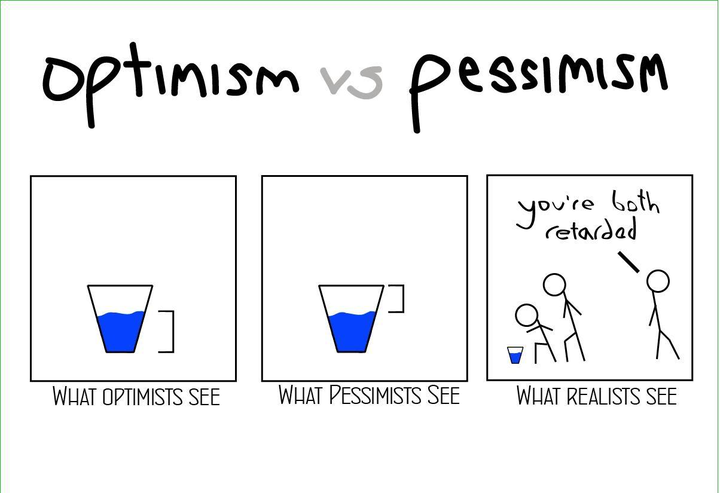

In his novel Candide, Voltaire was derisive of the shallowness of an optimistic worldview. The term optimism was not used until 1710 by Leibniz in his work Théodicée to mean the greatest good (derived from optimus in Latin) by suggesting that good will ultimately prevail over evil. Hope is defined by some psychologists as ‘the perceived capacity to derive pathways to desired goals, and motivate oneself via agency thinking to use those pathways.’ 9 8 In Judeo-Christianity, hope is among the ‘greatest of all gifts’, along with faith and charity in 1 Corintheans 13. Hoop was mistaken for hope and ‘the phrase came to mean a body of desperate men who have abandoned all hope for surviving, a desperate enterprise, as in to cherish a forlorn hope’. It derives from the Dutch military expression verloren hoop - referring to lost troops. 7 In the English language, the word hope found its earliest use in the context of forlorn hope. 6 Nietzsche interprets hope in this context as ‘the most evil of evils because it prolongs man’s torment’. When opened by the new bride Pandora, the ills of humanity were unleashed, while hope, blind, fluttered at the lip of the jar. In classical antiquity, hope was the last of the wedding gifts Zeus gave to Epimetheus and his wife, Pandora, really a punishment to the groom and his brother, Prometheus, for giving mortal man fire. 3 Indeed, a position of optimism for the NHS system as a whole was called for by the chief executive Mike Farrar at the 2013 NHS Confederation Conference with his claim that ‘If we’re not optimistic for the future, then we deserve to fail.’ 4Īlthough used as interchangeable concepts by some and as mutually exclusive concepts by others, 5 the term hope precedes optimism. 2 Cognitive-behavioural therapy is offered on the National Health Service (NHS) to ‘help you change your negative thought patterns and improve the way you feel’. 1 Hope (including optimism) is classified as a ‘character strength’ in the ‘manual of the sanities’ - Character Strengths and Virtues - which was written by positive psychologists in response to the DSM and which identifies key ‘strengths’ that elevate an individual from ‘suboptimal’ to ‘optimal’ functioning. ‘Hope and optimism about the future’ was identified as one of five processes for recovery in mental illness in a systematic review and narrative synthesis of 97 papers in psychiatry.

Optimism is generally accepted by psychiatrists, psychologists and other mental health professionals as a preferred way of being.


 0 kommentar(er)
0 kommentar(er)
